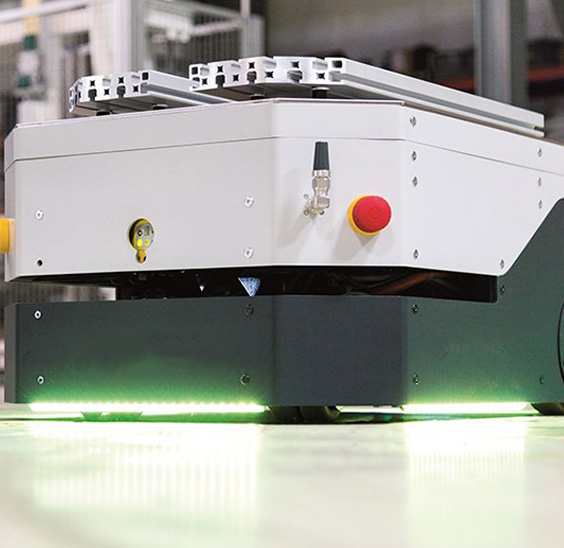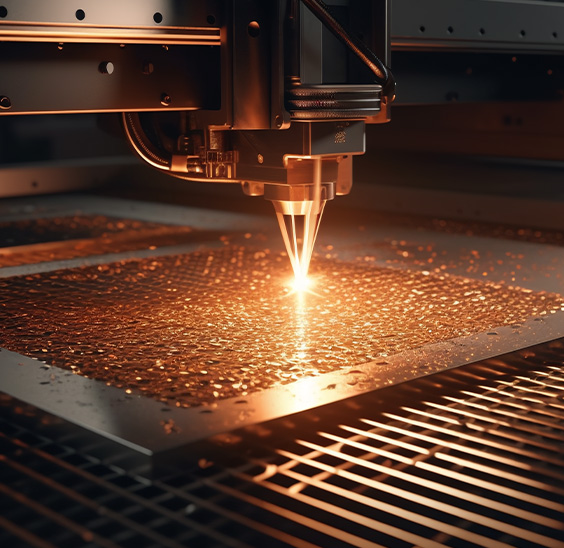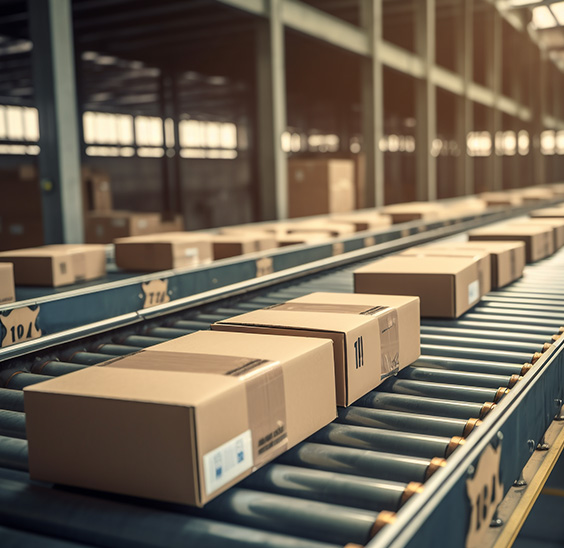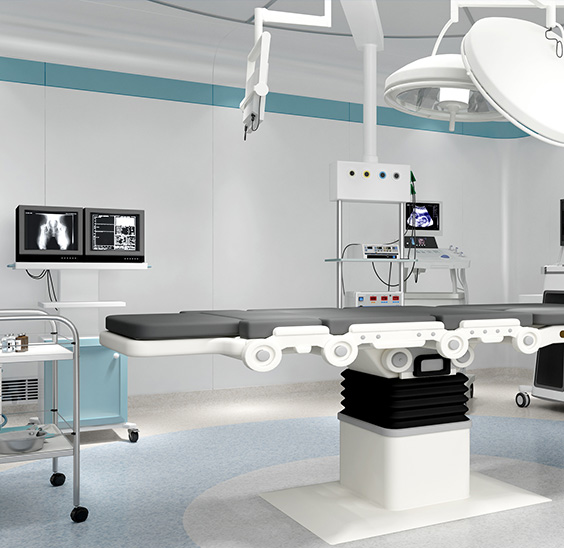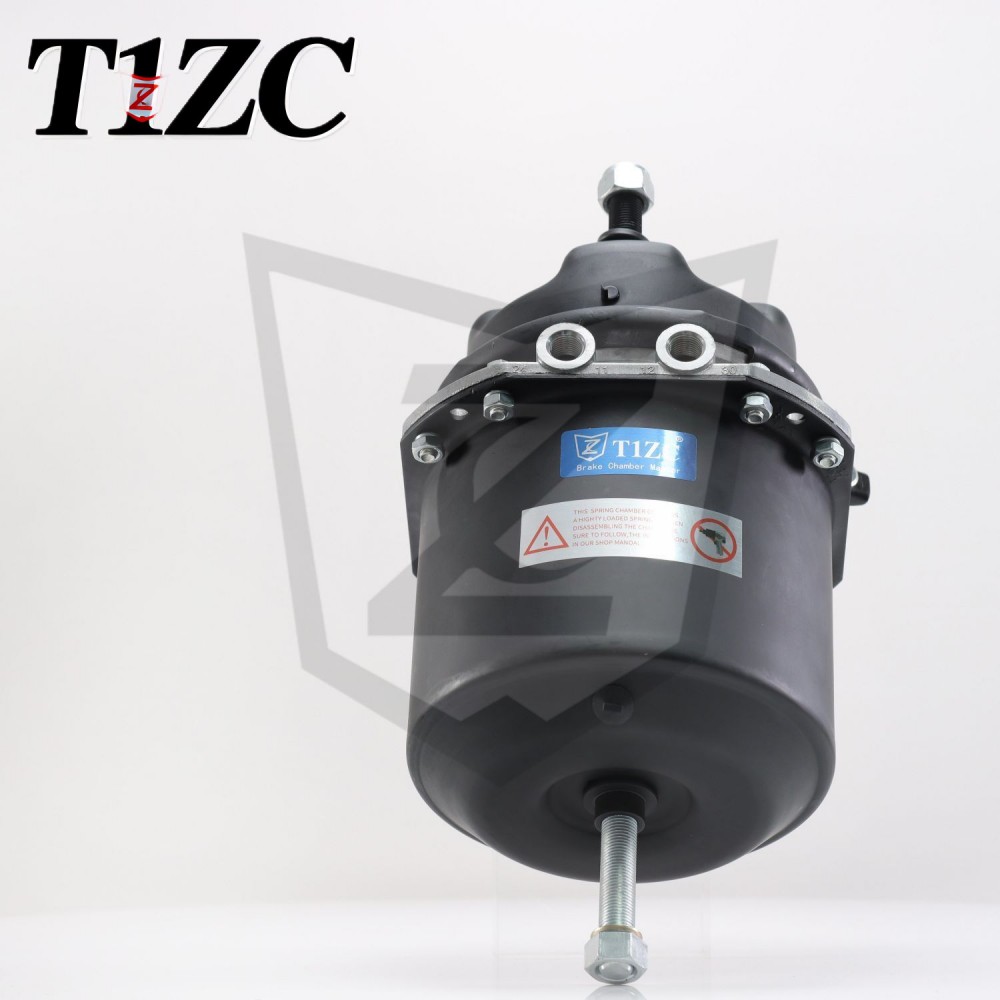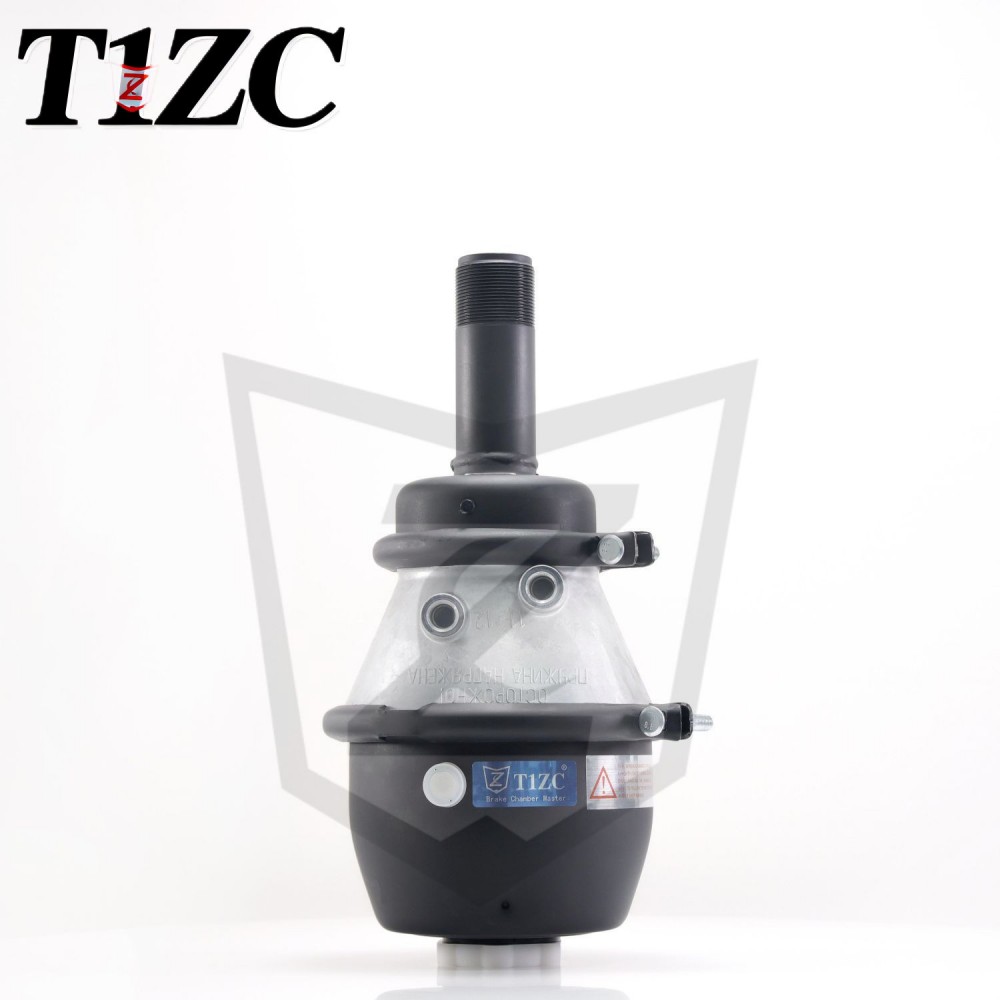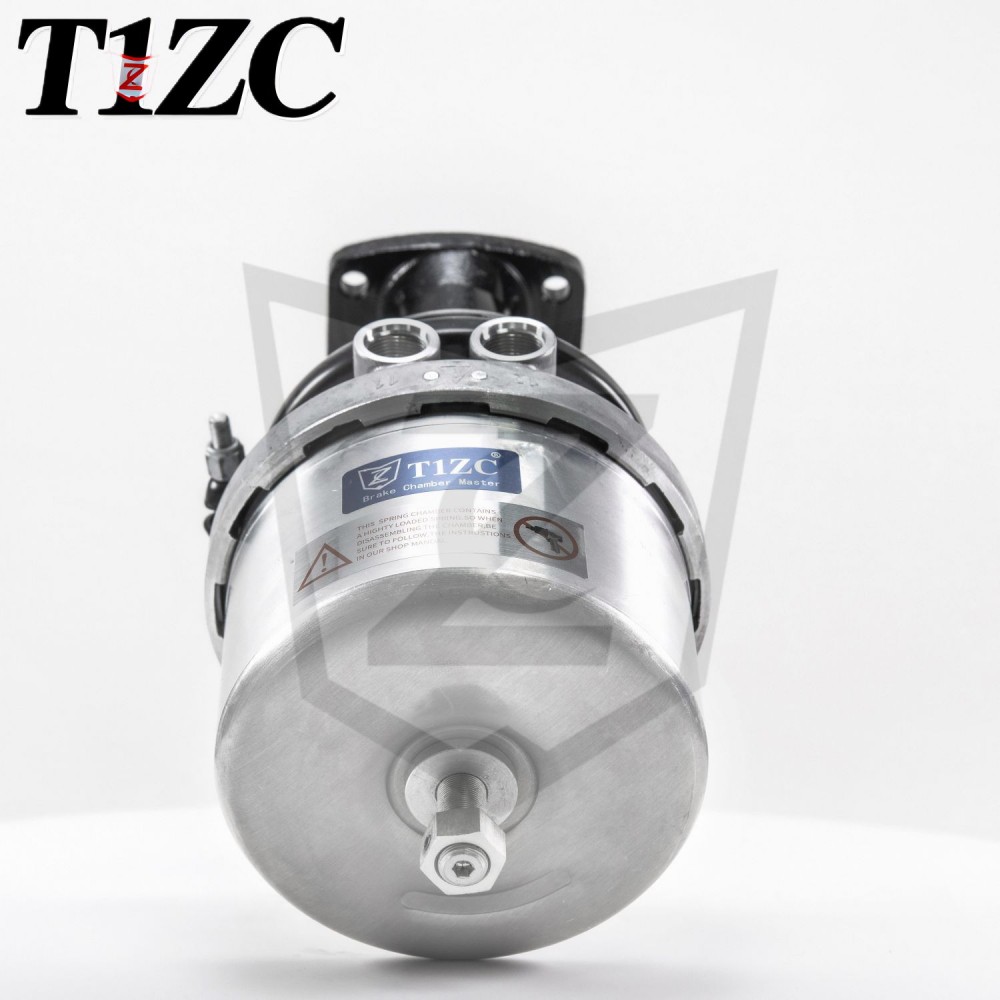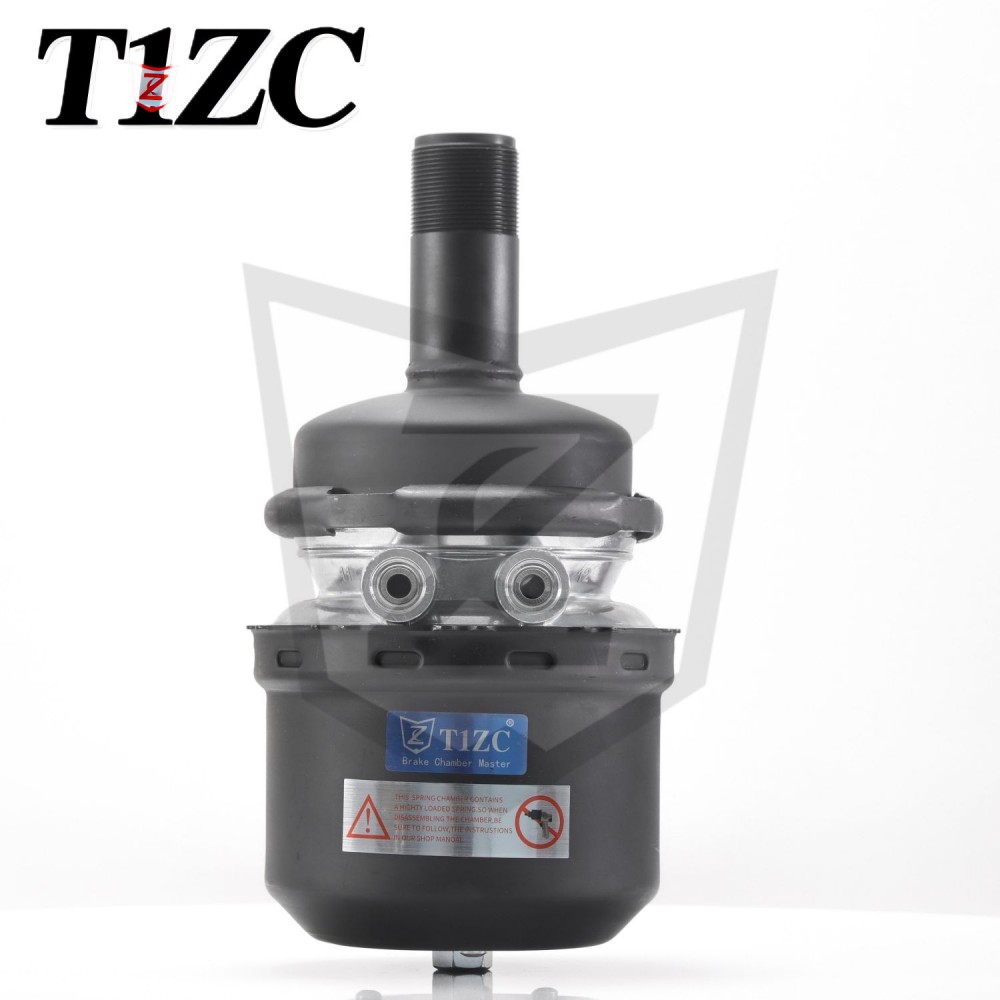What are the hidden risks of replacing the brake chamber by yourself?
For commercial vehicle owners and operators facing maintenance costs, the idea of replacing a brake chamber yourself might seem like a way to save money. However, this critical component of the air brake system harbors significant hidden risks that make professional installation not just advisable, but essential for safety and legal compliance.
1. Incorrect Installation and Torque: Brake chambers must be mounted precisely and secured with the correct bolts tightened to exact manufacturer specifications. Over-torquing can damage the chamber housing or mounting ears, leading to cracks and catastrophic failure. Under-torquing creates a dangerous risk of the chamber loosening or detaching completely under braking forces. Achieving the precise torque without calibrated tools and expertise is extremely difficult and risky.
2. Component Compatibility and Mismatch: Brake chambers are not universal parts. Size (e.g., Type 20, 24, 30), stroke length, and specific design features must perfectly match the vehicle's axle configuration, slack adjuster type, and overall brake system design. Installing an incompatible chamber can lead to insufficient braking force, excessive stroke, premature wear, imbalance across axles, and potentially cause the vehicle to pull dangerously during braking.
3. Air Line Connection Hazards: Air lines must be connected flawlessly to the correct ports (service and emergency/parking). Cross-connecting lines or failing to achieve a perfect seal leads to air leaks. These leaks can cause slow brake application/release, reduced braking power, unintended parking brake application, or even complete loss of air pressure in that circuit – all scenarios with potentially disastrous outcomes on the road. Ensuring leak-free connections requires skill and proper testing equipment.
4. Mishandling Spring Brake Chambers (Parking Brake): Many brake chambers incorporate a powerful spring for the parking/emergency brake. This spring is under immense pressure when caged. DIYers unfamiliar with proper safety procedures face a severe risk of catastrophic injury or death if the spring is accidentally released during removal or installation. Professional technicians use specialized caging tools and safety protocols to manage this hazard.
5. Lack of Proper Adjustment and Testing: Simply bolting on a new chamber isn't enough. The entire brake assembly, including the slack adjuster, must be meticulously adjusted after installation. Furthermore, the system must be tested for leaks, proper chamber stroke (both service and emergency functions), and balanced braking performance across all wheels. DIYers typically lack the knowledge, tools (like stroke gauges), and lift access to perform these critical checks effectively. Undetected issues can render the brakes ineffective.
6. Warranty and Liability Voidance: Performing unauthorized repairs often voids the manufacturer's warranty on related components. More critically, if a DIY brake chamber installation fails and causes an accident, the operator faces severe legal liability. Professional shops carry insurance and certifications; a DIYer assumes all personal and legal responsibility.
7. Unforeseen Damage and System Integrity: Removing an old chamber can sometimes reveal underlying issues like damaged mounting brackets, worn pushrods, or compromised air lines. A qualified technician is trained to identify and address these problems. A DIY repair might overlook critical damage, compromising the entire brake system's integrity.
The air brake system is the lifeline of any commercial vehicle. The brake chamber is a vital actuator within this system. The hidden risks of DIY replacement – from installation errors and component mismatch to the lethal danger of spring brakes and the absence of professional testing – pose an unacceptable threat to the driver, other road users, cargo, and the vehicle itself. The potential consequences of failure range from costly breakdowns and regulatory violations to catastrophic accidents. Brake chamber replacement demands specialized training, certified tools, in-depth system knowledge, and rigorous safety procedures. For the safety of everyone on the road, this critical task must be entrusted only to qualified, experienced commercial vehicle technicians. The cost savings of a DIY attempt pale in comparison to the value of life and legal compliance.


 EN
EN  English
English Português
Português
